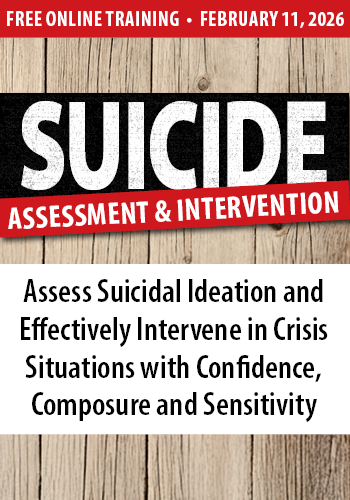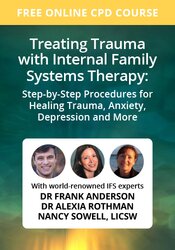Enrol in an online course today for flexible, self-paced learning—no fixed schedule required. Plus, enjoy lifetime access to course materials for convenient revisiting.
‘Tree of Life’ Practice with Refugee Clients

When working with refugee clients, we are slowly weaving a thread together – from what made them leave, to their journey and arrival, and their experiences in this new land. I find that models which use storytelling and creative arts are particularly helpful with processing both the emotional and visceral impact of trauma – the loss suffered, the torture experienced, the disturbances being experienced in the here and now.
These interventions help develop a coherent narrative of events, as well as valuing ancestry, culture and religious beliefs in a way that gives clients the courage to take the next step. Creative mediums and metaphors also provide safe containers for the trauma experienced.
Narrative therapy suggests that we create stories throughout our lives to make sense of our experiences, and we can carry many stories with us at one time. Although some can be positive and others negative, all impact our lives in the past, the present, and in the future. The Tree of Life enables people to speak about their lives in ways that are not retraumatising, but instead strengthen their relationships with their own history, their culture, and significant people in their lives.
The tree as a potent and universal symbol
The tree is seen as a sacred symbol, which carries significant meanings in both religious and spiritual philosophies. While it symbolises many different things, there are some common themes within multiple cultures. The Tree of Life commonly represents:
- A connection to everything – the interconnectedness of everything in the universe
- Ancestry, family, and fertility – the connection to one’s family and ancestors
- Growth and strength – trees stand tall and strong all over the world
- Individuality – trees are all unique, with their branches sprouting at different points and in different directions
- Immortality and rebirth – trees lose their leaves and seem to be dead during Winter, but then new buds appear and fresh leaves unfurl in the Spring
- Peace – trees have always evoked a sense of calm, peace and relaxation
Using the Tree of Life intervention
There are many templates available online for this intervention. Clients can use any arts-based material to create their Tree of Life and the story is narrated and written down. I often translate it into their language of choice, add an image of their creation, and give them the laminated version at the end of the work. I focus on one section of the tree per session to ensure time and attention is given to their experience. The different parts of the tree that the client creates and contemplates are:
- Roots: where you come from and your family.
- Ground: your present life and day-to-day activities you engage in
- Trunk: your skills and abilities
- Branches: your hopes and goals
- Leaves: important people in your life
- Fruit: gifts from important people (material and non-material)
- Storms: challenges
This approach enables people to speak about their lives in ways that make them stronger. It can be used with individuals and also with groups.
Sharing the Tree of Life with others
In group work, the participants can go on to join their trees into a ‘forest of life’, which helps create a sense of belonging. Together they can discuss some of the ‘storms’ that affect their lives, including ways that they respond to these, to protect themselves and each other.
In individual work, I ask my client to invite someone who has become a person of safety into the session, when they are ready to share the narratives they have developed. This person is the named contact who has supported them in between sessions, checked in on them and is part of their recovery plan.
I always meet the person of safety to prepare for the joint session. This is crucial to avoid secondary trauma or compassion fatigue. We also consider their role in contributing to the intervention and how to give feedback – I think Dan Hughes’ PACE (playfulness, acceptance, curiosity, empathy) attitude is helpful here, protecting against further experiences of shame and re-traumatisation.
When working with refugee clients, my role as a therapist is not only with the individual but to ensure the coordination of care and services at a systemic level. In this way, I am helping to develop a new tribe for my client to belong to.

















